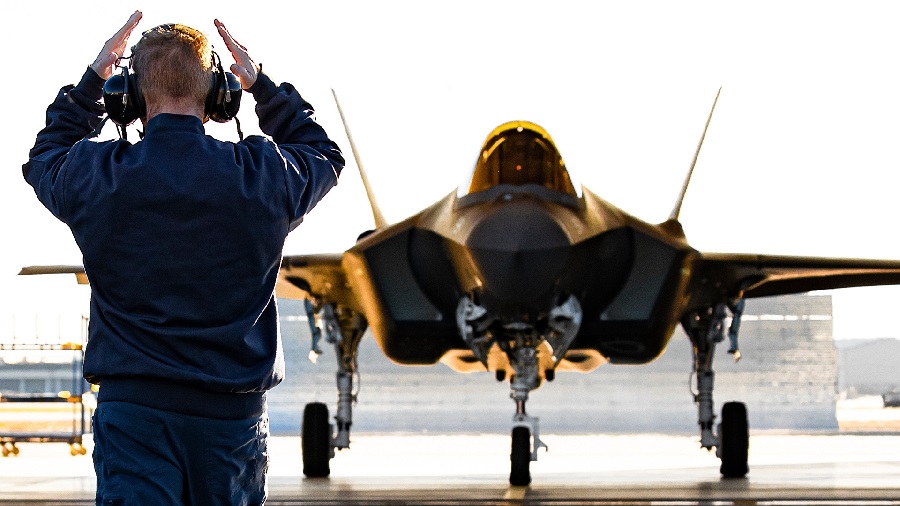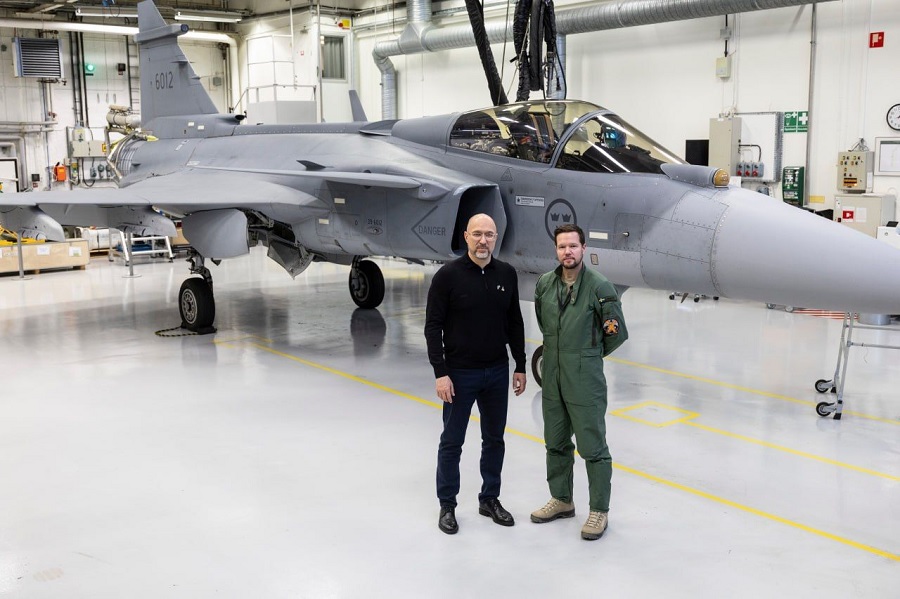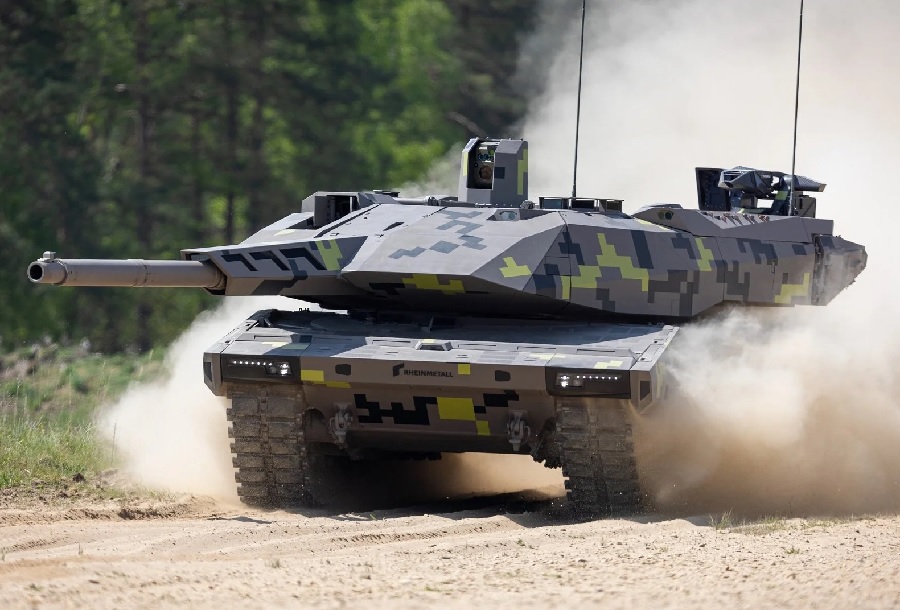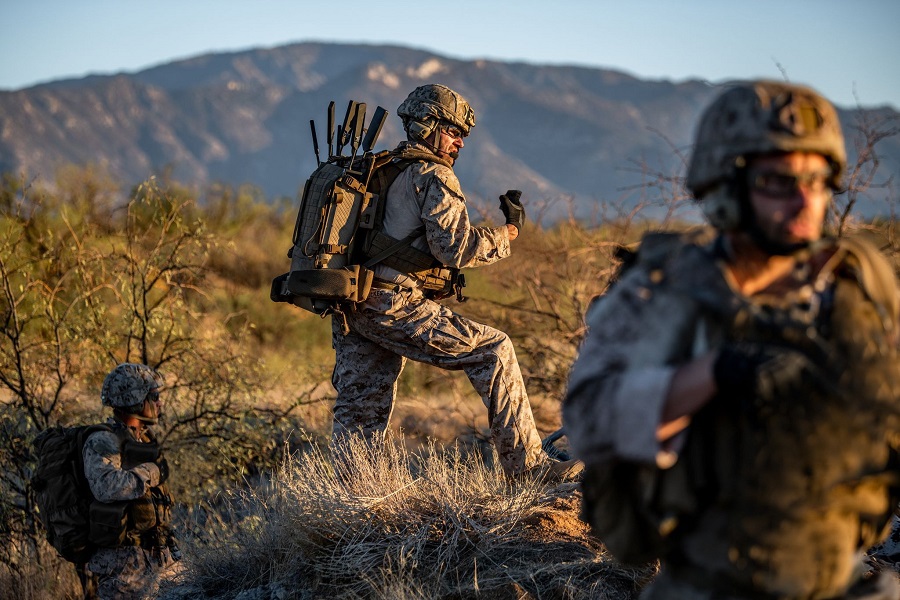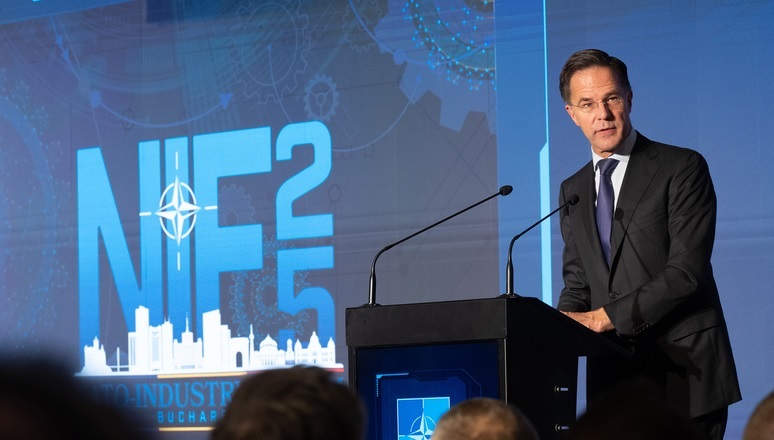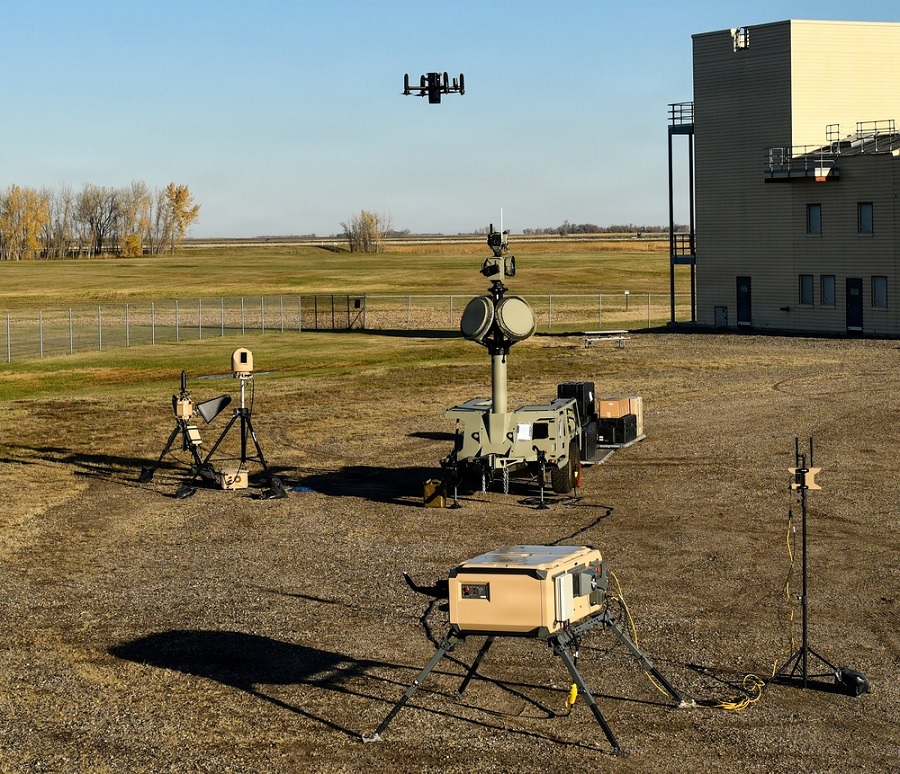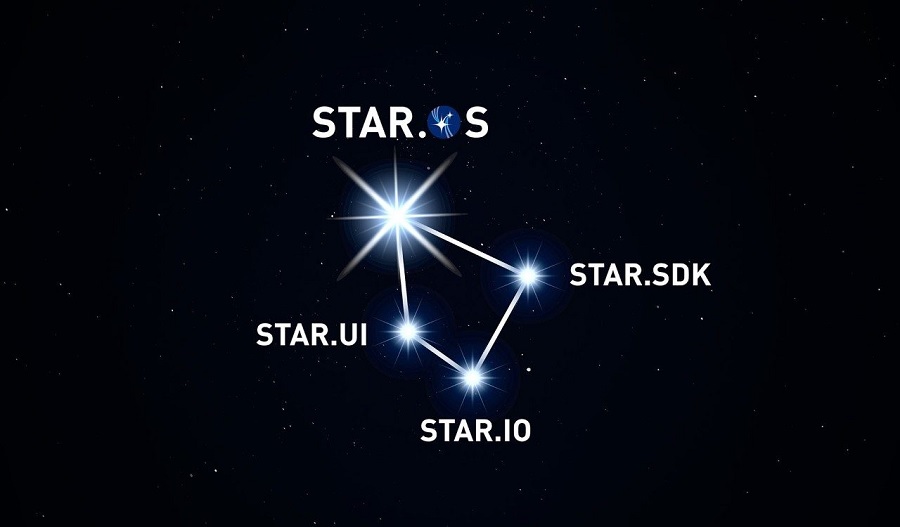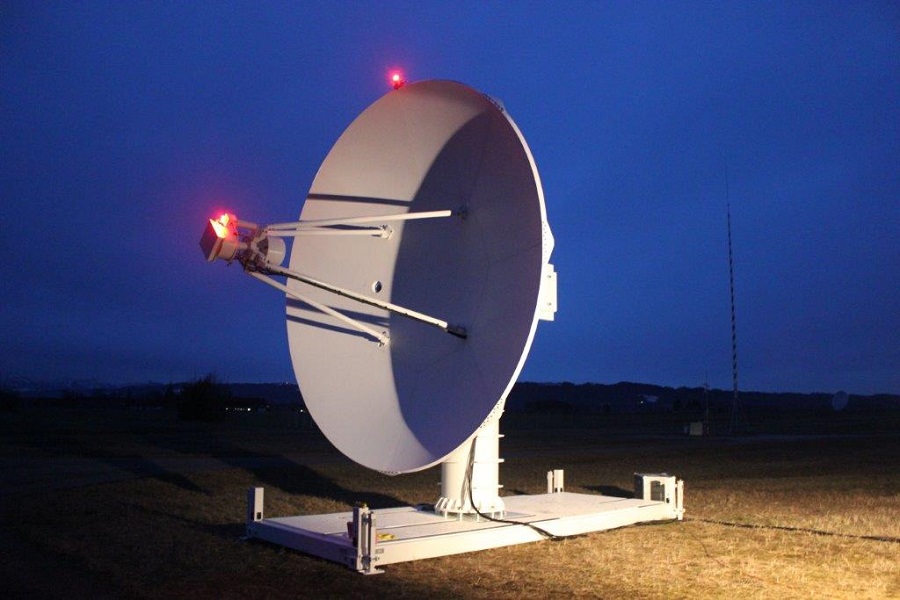The contract, announced on 30 May 2025, includes funding for program management, technical development, systems integration, and the production of specialised tools and equipment. An initial $140 million will come from the U.S. Army’s research and development budget.
In parallel, the U.S. Army is working on a ground-based variant of the CPS under the Long-Range Hypersonic Weapon (LRHW) programme, also known as Dark Eagle. Both versions share key components, such as the All-Up-Rounds and command subsystems.
Lockheed Martin leads the project as the primary weapon systems integrator, with support from Northrop Grumman, Dynetics, and General Dynamics Mission Systems. VTG and X-Bow Systems contribute engineering services and propulsion systems, respectively.
Flight safety was validated in 2022 through tests with General Atomics at Wallops Island, Virginia, using Autonomous Flight Termination Units. Despite some delays, the programme is progressing, with the USS Zumwalt returning to water in December 2024 after modifications to support the CPS.
The first live missile launch from a naval platform is expected between 2027 and 2028. Once operational, the CPS will be the U.S.’s first sea-based hypersonic weapon system, which officials describe as a “conventional weapon with strategic implications”.
The CPS aims to enhance the United States’ strike capabilities with high-speed, precision weapons, strengthening its position amid growing technological competition from China and Russia. The current contract is scheduled for completion by 31 August 2028.











